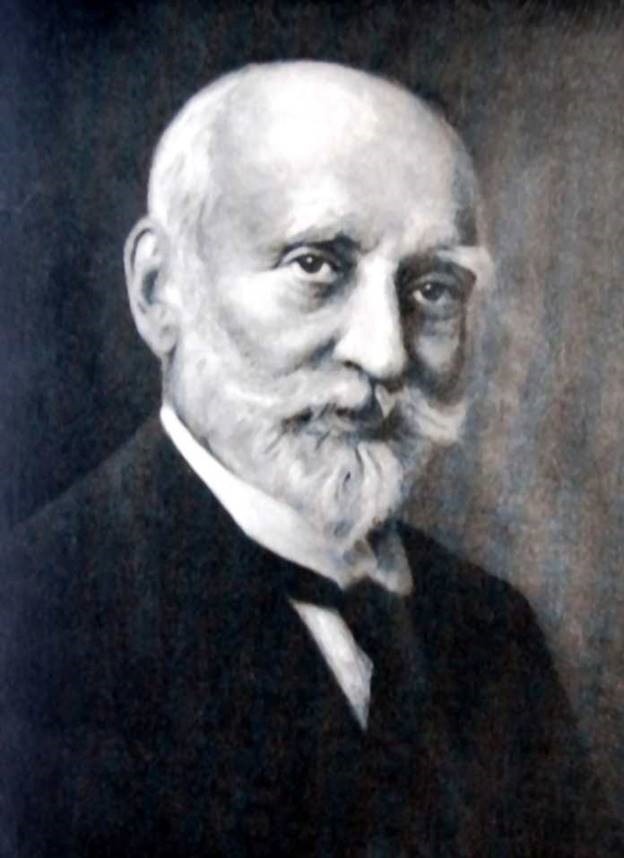August 27 is Sir Dorabji Tata’s 163rd birth Birth Anniversary.
Jamshedpur, Aug 26: Sir Dorabji Tata was the elder son of Jamsetji Nusserwanji Tata and Hirabai Tata. He was born on August 27, 1859, in Bombay (now Mumbai).
Sir Dorabji Tata completed his primary education from Proprietary High School in Bombay. At the age of 16, he was sent to a private tutor in Kent, England. He attended Gonville and Caius College, University of Cambridge, England. In 1879, he returned to India, and completed his graduation from the St. Xavier’s College, Bombay.
After completing his education, he worked for two years as a journalist at Bombay Gazette. Later, he joined his father’s firm, Empress Mills, which was into cotton division.
Architect of India’s First Steel Plant
Jamsetji dreamt of developing India into industrial nation by building the first steel plant, unfortunately, he passed away in 1904. Sir Dorabji translated his father’s dreams by setting up Tata Iron and Steel Company (TISCO, now Tata Steel), on August 26, 1907. Tata Steel has become a global player with annual crude steel capacity of 34 million tonnes per annum.
Sir Dorabji Tata also spearheaded in establishing the Indian Institute of Science in 1909, and Tata Hydro Electric Power Supply Company Limited (now Tata Power Company Limited) in 1910. These institutions have flourished for decades.
Instrumental in Building one of the India’s First Modern Planned Cities
Jamsetji Nusserwanji Tata had left a blueprint to his son, Sir Dorabji Tata, on how the city should be planned and developed, ensuring plenty of space for lawns and gardens, places of worship for all religions, wide roads, houses, facilities for sports, to new a few.
Based on the Town Planning Scheme proposed by F C Temple in 1919, the city was developed in a hexagonal pattern, addressing wide roads, parks, lawns, markets, waste management and water supply system.
Jamshedpur is transforming into a smarter city by proving quality of services to its citizens like LED street lighting, Biogas, plastic roads, waste management, digital dustbins, etc. Recently, the city has ranked second in the Safai Mitra Suraksha Challenge category in the Swachh Survekshan Award 2021.
First to Take India to the Olympic Games
He was a keen sportsman. He played cricket, soccer, and won many sprint events during his college years. He was also a good horseman.
Sir Dorabji Tata steered India’s entry into the world of international sports by financing four athletes and two wrestlers for the Olympic Games of Antwerp in 1920. He also financed the Indian contingent to the Paris Olympics in 1924.
Sir Dorabji Tata was the President of the Indian Olympic Association and a member of the International Olympic Committee.
Pioneer in many First Labour Welfare Measures in India
Sir Dorabji Tata introduced pioneering measures towards labour welfare such as Eight-Hour Working Day, Free Medical Aid, Leave with Pay, Workers’ Provident Fund, Formation of Workers’ Committee, Workers’ Accident Compensation Scheme, Establishment of Welfare Department, and Maternity Leave.
These measured were later adopted by law.
A Selfless Leader
Sir Dorabji Tata saved the company from the brink of bankruptcy by pledging his personal wealth including the famous piece of jewellery, Jubilee Diamond (belonging to his wife, Lady Meherbai Tata), during the global Financial Crisis of the 1920s.
He left behind his entire fortune for humanitarian causes by establishing the Sir Dorabji Tata Trust. He endowed Lady Meherbai Tata Memorial Trust to advance study in Leukemia.
Sir Dorabji Tata was knighted in 1910. He died in Bad Kissingen, Germany on 3 June 1932. He is buried alongside his wife, Lady Meherbai Tata, in Brookwood Cemetery, England. They had no children.
The installation of the Diamond Pavilion at Sir Dorabji Tata Park in Jamshedpur is a veritable salute to Sir Dorabji Tata and his wife, Lady Meherbai Tata, for their invaluable and everlasting contributions and sacrifices towards Tata Group, Tata Steel, and the city of Jamshedpur.
BUILDING INSTITUTIONS
Sir Dorabji Tata Trust has pioneered and supported several leading institutions. The institutions have made significant contributions to several fields, particularly medicine, arts, education and more.
National Centre for the Performing Arts
The National Centre for the Performing Arts (NCPA), India’s premier cultural institution, was the first public project sponsored by the Sir Dorabji Tata Trust. NCPA id committed to reserving and promoting India’s rich and vibrant artistic heritage.
Tata Memorial Hospital
When Lady Meherbai Tata died due to Leukemia, that triggered Sir Dorabji Tata to do something towards cancer research and treatment.
The Tata Memorial Hospital (now Tata Memorial Centre) was commissioned by the Sir Dorabji Tata Trust. It has evolved into a leading state-of-the art facility. Majority of patients seek primary care, free of charge.
Tata Institute of Social Sciences
The seeds for the Tata Institute of Social Sciences were sown in the activities of a young social scientist, Dr. Clifford Manshardt. He ran an outstanding community development project in an indigent Bombay neighbourhood. He approached Sir Dorabji Tata Trust for help.
Sir Dorabji Tata Graduate School of Social Work was set up in 1936, and Dr. Manshardt was the first Director. The Graduate School evolved into the trailblazing Tata Institute of Social Science with deemed university status.

